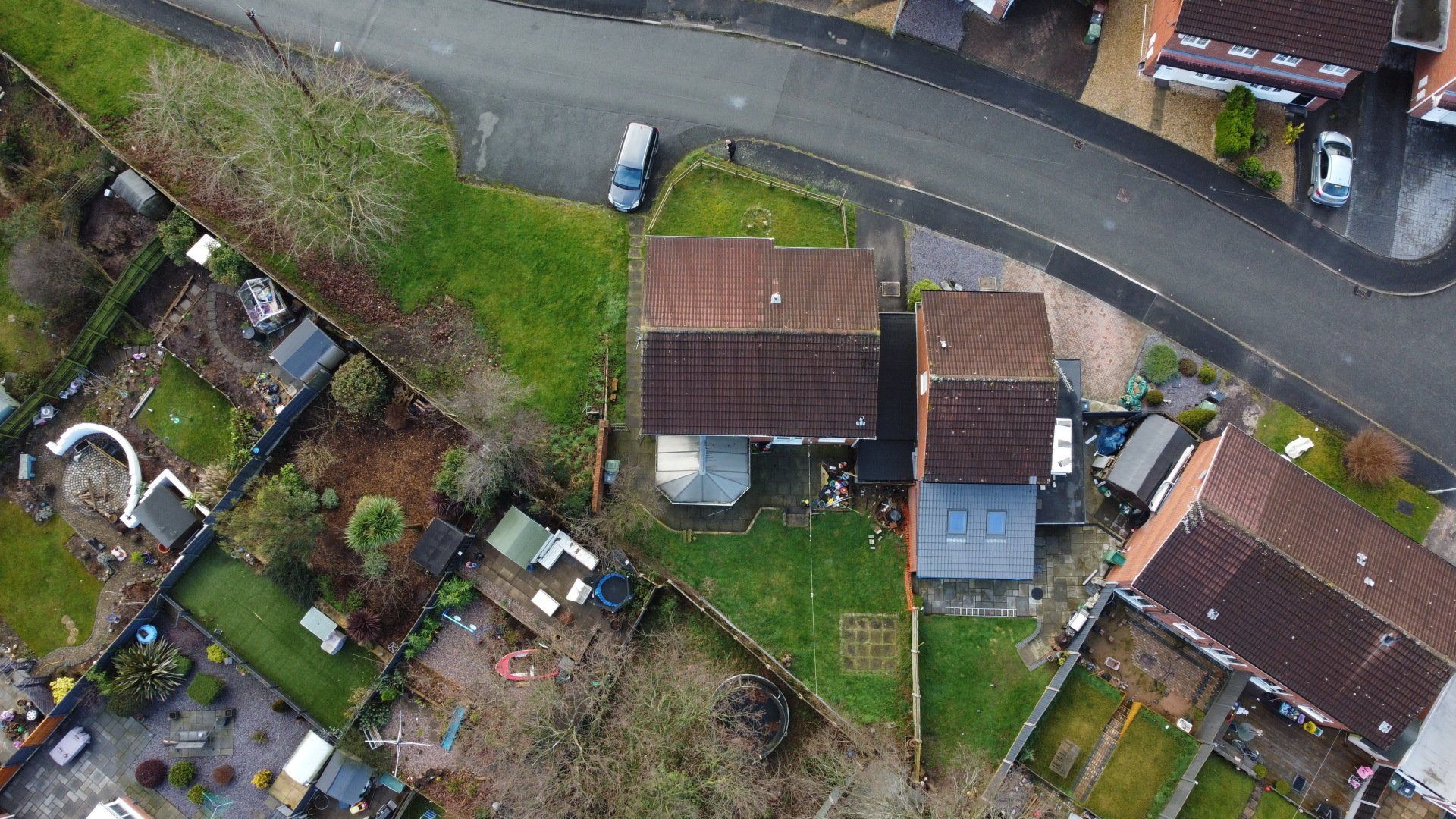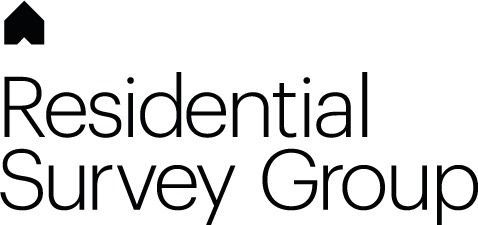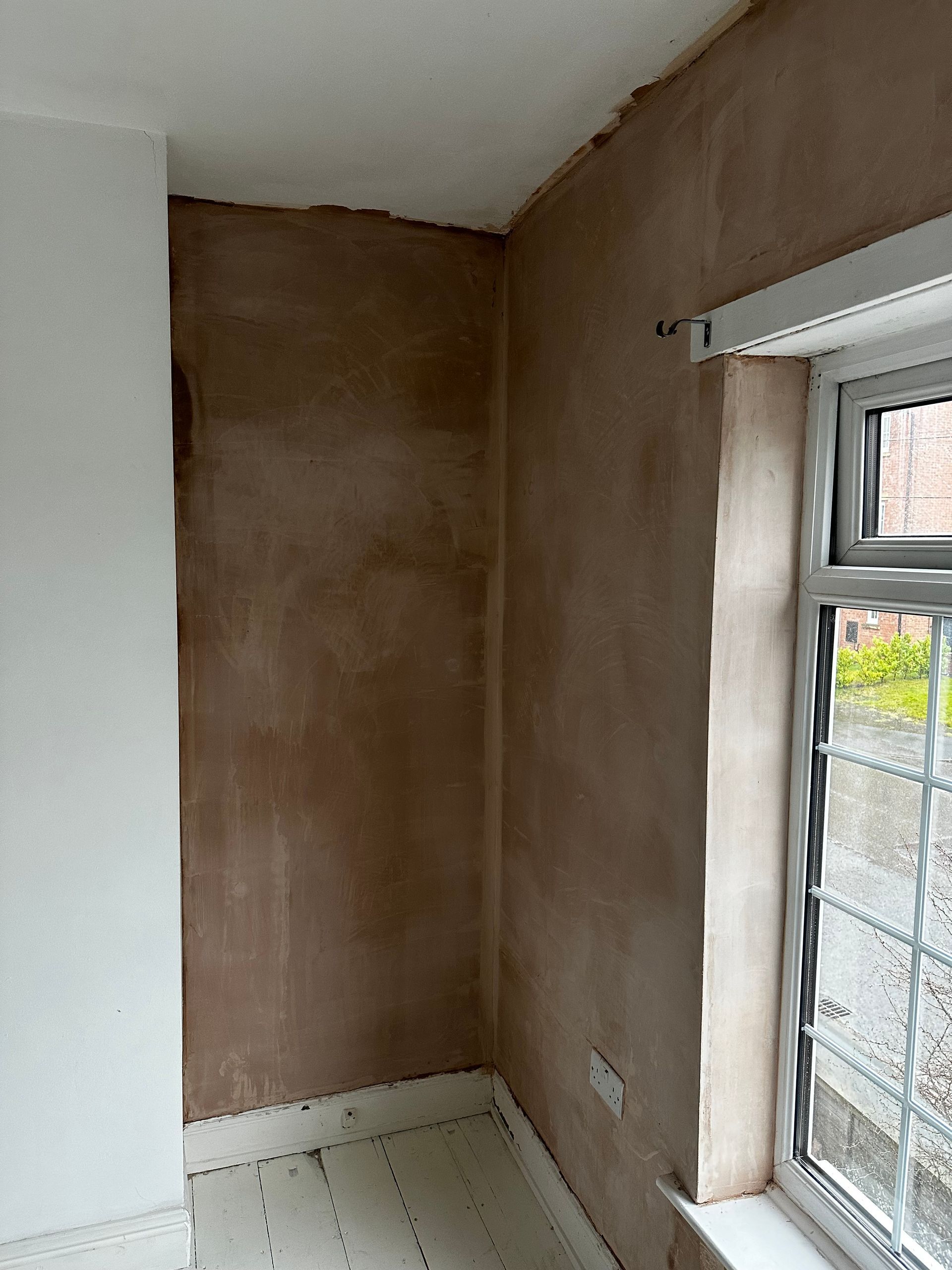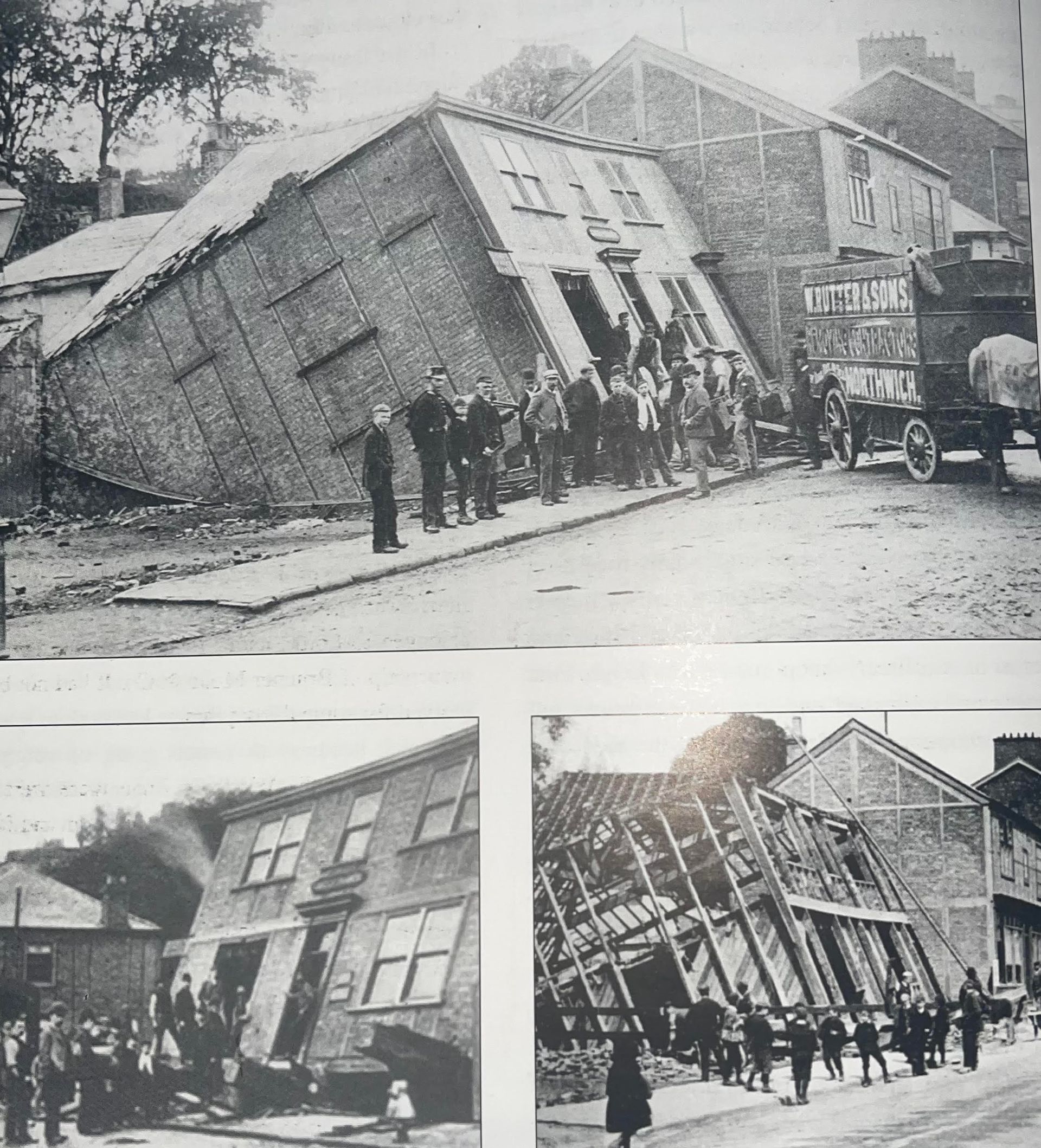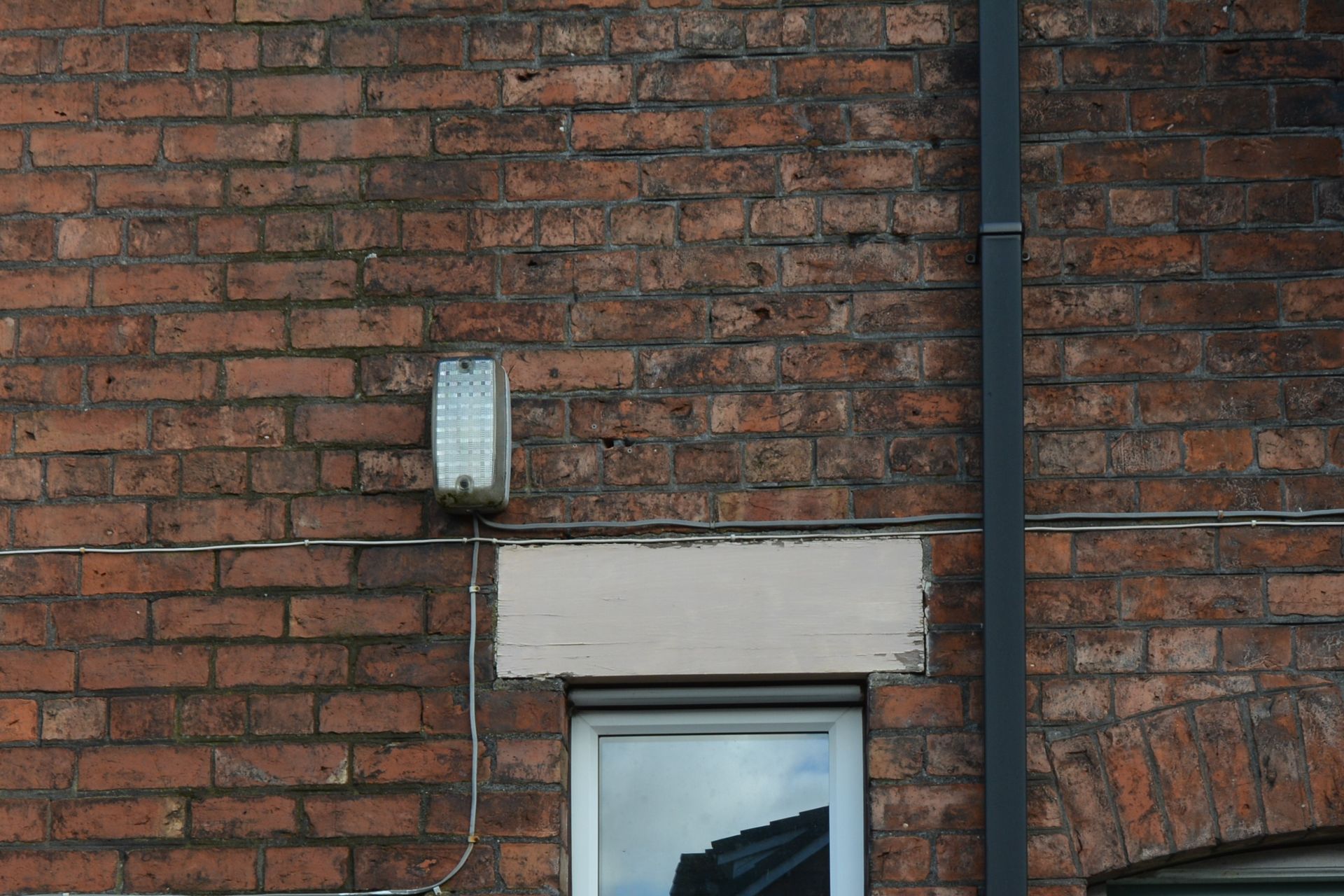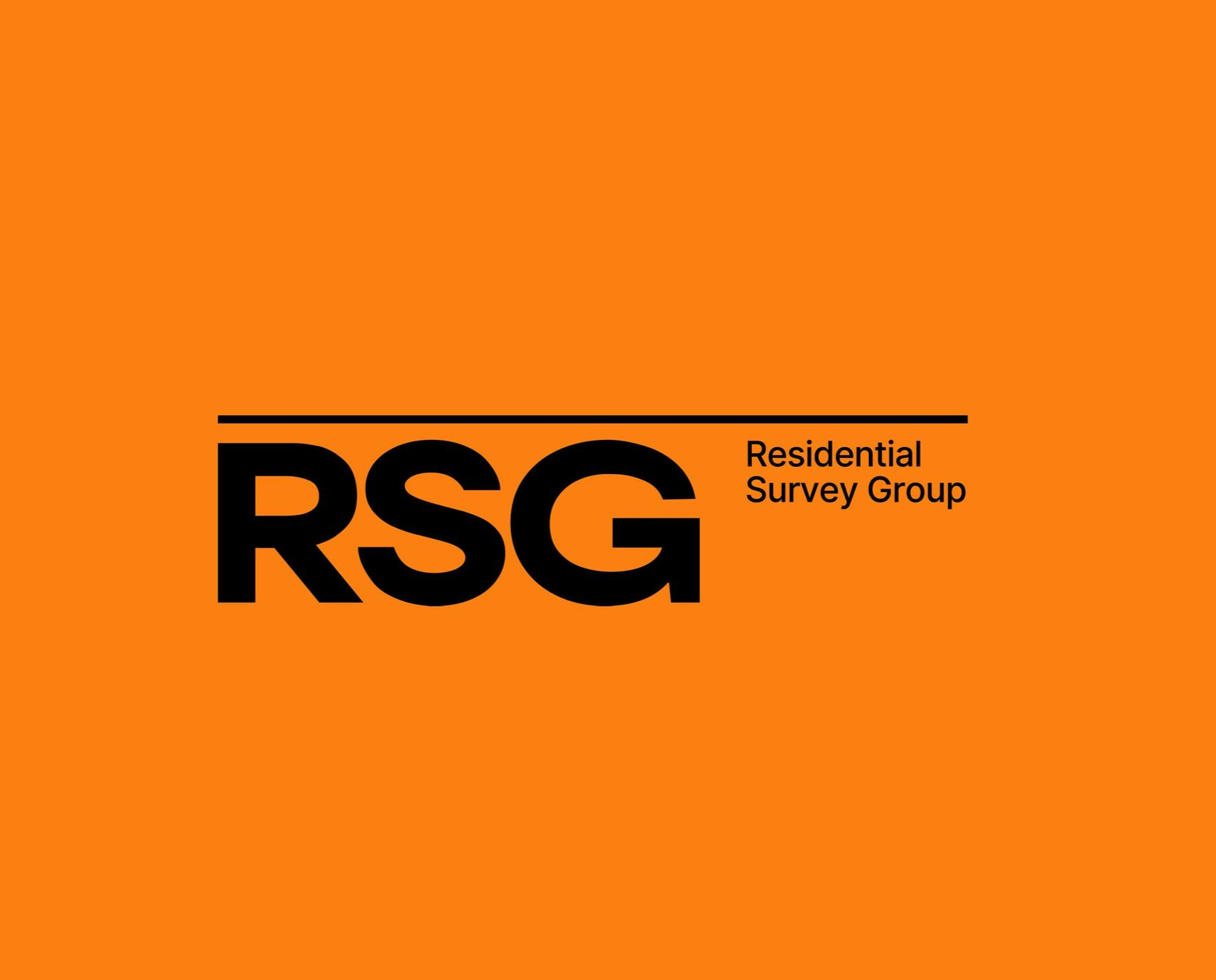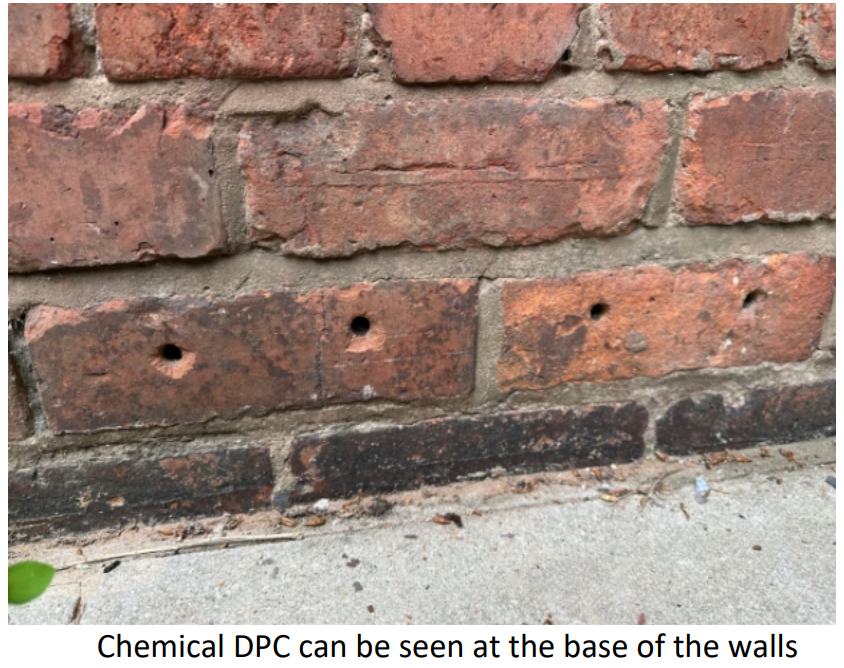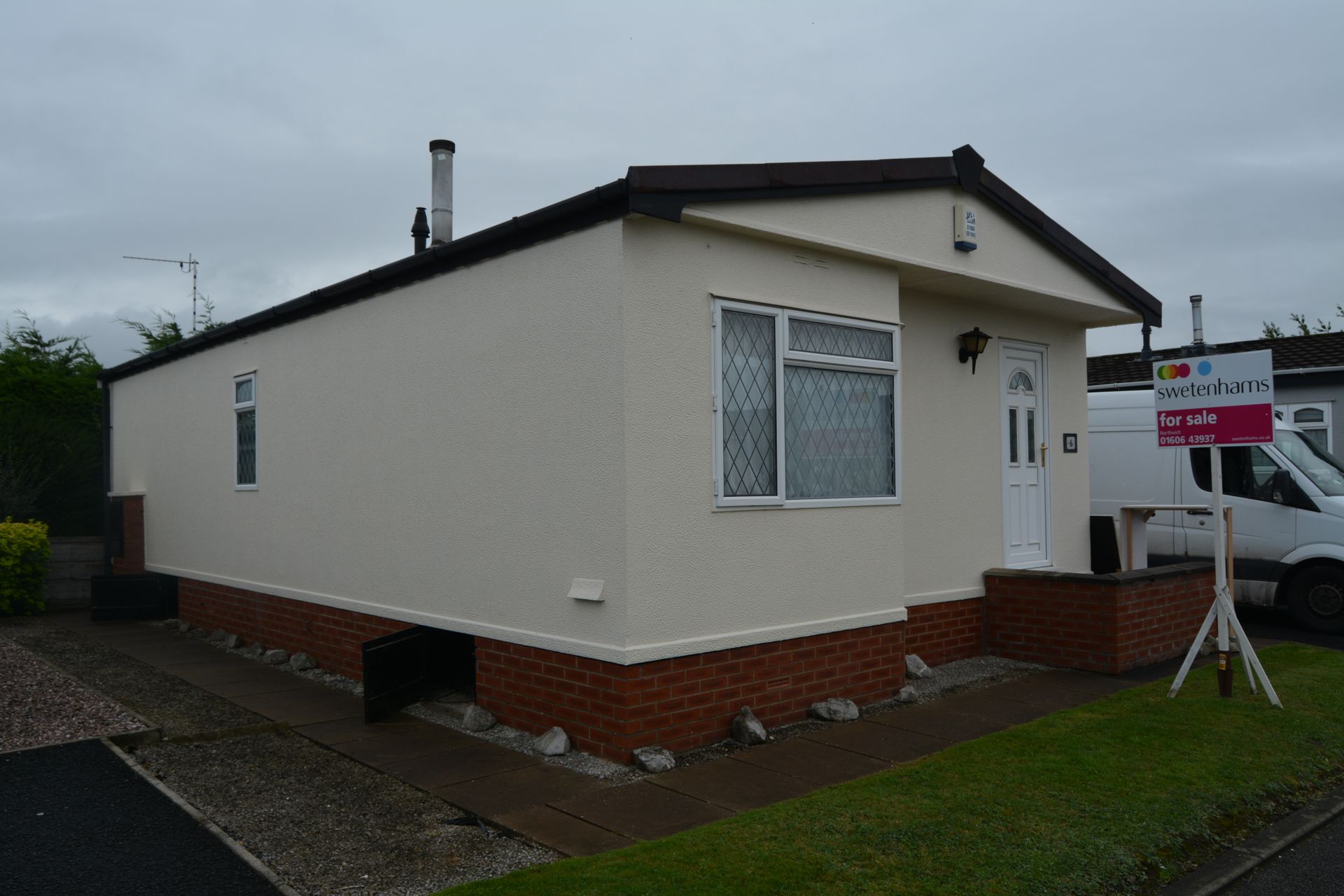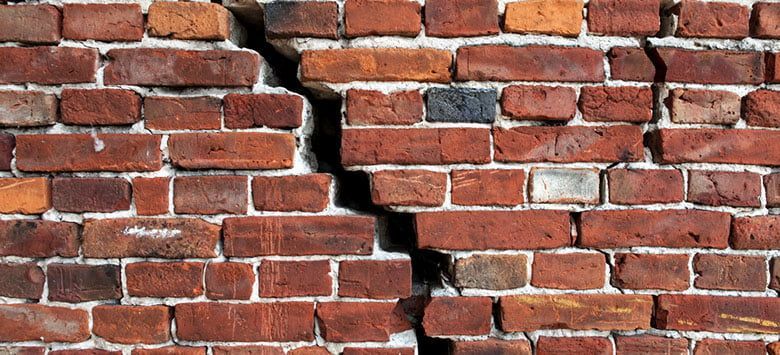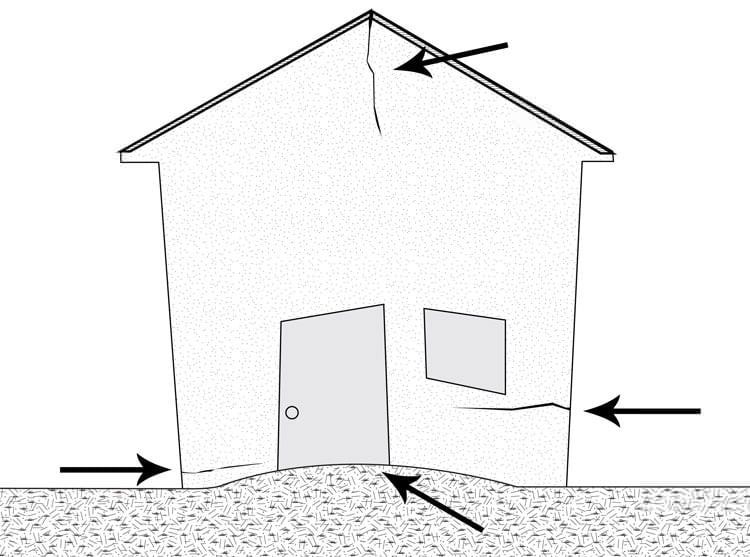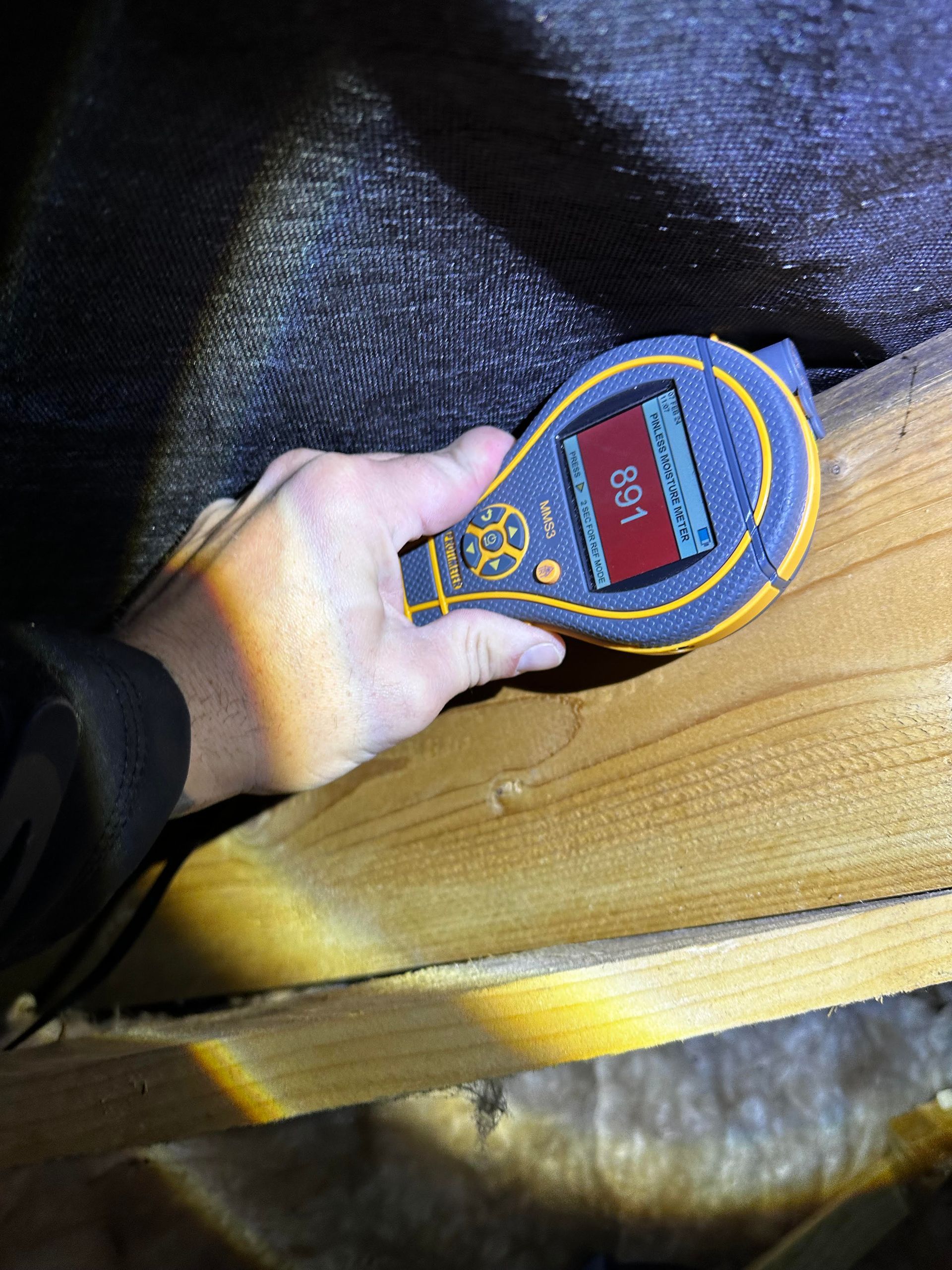by Gareth Jones
•
27 January 2024
Introduction: In the heart of Cheshire, Northwich stands as a testament to a rich industrial past, woven intricately into the fabric of its historic homes. From the Victorian elegance to the mid-century modern designs, these buildings carry stories from the 1300s to present day, a period marked by significant architectural evolution. As a local surveyor, my journey through these homes has revealed a tapestry of unique challenges and defects, often reflective of Northwich's vibrant history. Section 1: The Rich History of Northwich Northwich, a town steeped in history, has been shaped significantly by its salt mining legacy, leaving an indelible mark on its architecture. The iconic Anderton Boat Lift, a marvel of Victorian engineering, stands as a symbol of the era's industrial prowess. Additionally, the ICI's influence in Winnington has not only shaped the local economy but also the very homes we live in. This historical backdrop sets the stage for understanding the common defects found in the properties of this era. Section 2: Top Defects to look out for Surveying homes in Northwich reveals a pattern of common issues, many linked to the age and construction methods of the period: Dampness and Condensation: Often due to poor heat & ventilation or the introduction of modern materials into traditional homes. Subsidence and Structural Movement: Particularly in areas with historical mining activities, like Northwich. Roof Wear and Tear: Issues with tiles, flashing, and guttering common in all homes. Timber Decay: Wet and dry rot in floor joists and roof timbers, especially in untreated wood and where ventilation is minimal. Inefficient Heating Systems: Outdated boilers and radiators, leading to poor energy efficiency. Electrical Wiring Issues: Outmoded electrical systems not meeting current safety standards. Plumbing Problems: Aging pipes prone to leaks and corrosion. Asbestos: Common in buildings pre-1970s, particularly in insulation, posing health risks. Faulty Window Frames: Rotting wooden frames or poorly fitted windows leading to drafts and heat loss. Inadequate Insulation: Leading to higher energy costs and less comfortable living conditions. Brickwork and Pointing Issues: Erosion and weathering of mortar joints in older brickwork. Chimney Damage: Loose bricks, damaged chimney pots, leaning stacks and flue issues. Uneven Floors: Caused by settlement, sulphate attacks or joist damage. Plasterwork Damage: Cracking, detachment or blowing in old plaster walls. Lead Water Pipes: Still present in some older properties, posing a health risk. Pest Infestation: Especially in wooden structures (e.g., woodworm). Wall Tie Failure: Particularly in cavity walls from the early 20th century. Inadequate Drainage: Leading to damp and structural issues. Defective Flashing: Around chimneys and roof joints, leading to water ingress. Poorly Executed DIY Repairs: Often exacerbating original problems. Internal Wall Dampness: Rising damp or penetrating damp in older walls. Old Septic Systems: In rural homes, often not up to modern standards. Loose or Damaged render: On exterior walls, leading to water ingress. Poor quality flat roofs: Properties of all ages suffer, bitumen roofs are often most troublesome. Contaminated land & materials: Mostly seen (in northwich) to houses built between 1920-1950. Section 3: Unique Challenges in Northwich Properties The unique geological and historical context of Northwich adds another layer to property surveying. The legacy of salt mining has led to specific issues like: Ground instability causing structural concerns. Higher susceptibility to subsidence due to historic mining activities. Conclusion: Surveying homes in Northwich is not just about identifying defects; it's about understanding a story, one that is intricately linked to the town's rich history. For those looking to buy or maintain homes in this beautiful part of Cheshire, being aware of these common and unique challenges is key. As a local surveyor, my mission is to blend this historical insight with modern surveying expertise, ensuring that the homes in Northwich continue to be safe, cherished, and full of character for generations to come. Keywords: Northwich, historic homes, property defects, Victorian homes, surveyor in Northwich, subsidence, salt mining, Anderton Boat Lift, ICI Winnington, property surveying.
